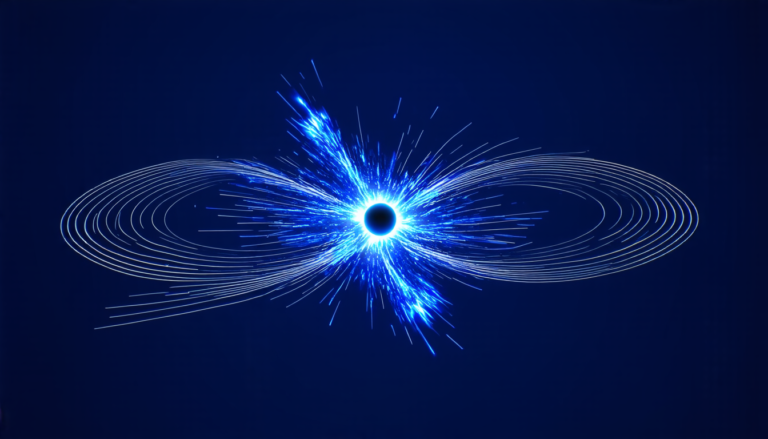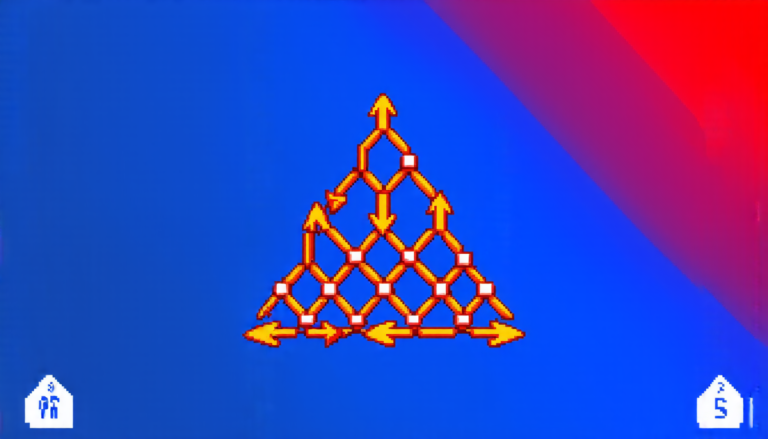Monday 07 April 2025
Scientists have made a significant breakthrough in their quest to develop a reliable and efficient method for initializing spin qubits, the fundamental building blocks of quantum computers. Researchers have successfully demonstrated the ability to optically pump and initialize the spin state of individual hole spins in site-controlled pyramidal quantum dots.
The team’s achievement is built upon the unique properties of these quantum dots, which are grown on patterned substrates using a technique called metal-organic vapor phase epitaxy (MOVPE). This method allows for precise control over the position and size of the quantum dots, enabling the creation of highly uniform and spectrally pure emitters.
The researchers used a combination of magneto-optical cryomicroscopy and resonant excitation to access the hole spin levels in the quantum dots. By applying a strong magnetic field perpendicular to the growth axis, they were able to create a four-level system with distinct transition energies. This allowed them to optically pump and initialize the spin state of individual hole spins using a sequence of weak above-band laser excitations.
The team’s experiments involved exciting specific transitions in the quantum dot using a resonant laser, while detecting photons from other transitions. By fine-tuning the resonant laser frequency, they were able to selectively excite the desired transition and observe the resulting spin pumping peak. This process allowed them to initialize the spin state of individual hole spins with high fidelity.
The significance of this achievement lies in its potential for scalable quantum computing applications. Site-controlled pyramidal quantum dots offer a highly versatile platform for the development of compact, low-power, and efficient quantum computers. The ability to optically pump and initialize spin qubits using weak above-band laser excitations could pave the way for more practical and reliable quantum computing architectures.
The researchers’ findings also highlight the importance of understanding the optical properties of quantum dots in order to optimize their performance as quantum information processors. By tuning the resonant laser frequency and intensity, they were able to achieve high initialization fidelities and manipulate the spin state of individual hole spins with precision.
This breakthrough has significant implications for the development of quantum computing technologies. As researchers continue to push the boundaries of what is possible with site-controlled pyramidal quantum dots, we can expect to see even more innovative applications emerge in the field of quantum information processing.
Cite this article: “Quantum Control: Unlocking the Secrets of Site-Controlled Quantum Dots”, The Science Archive, 2025.
Quantum Dots, Spin Qubits, Quantum Computing, Optically Pumped, Hole Spins, Magneto-Optical Cryomicroscopy, Resonant Excitation, Laser Excitations, Scalable Quantum Computing, Quantum Information Processing







